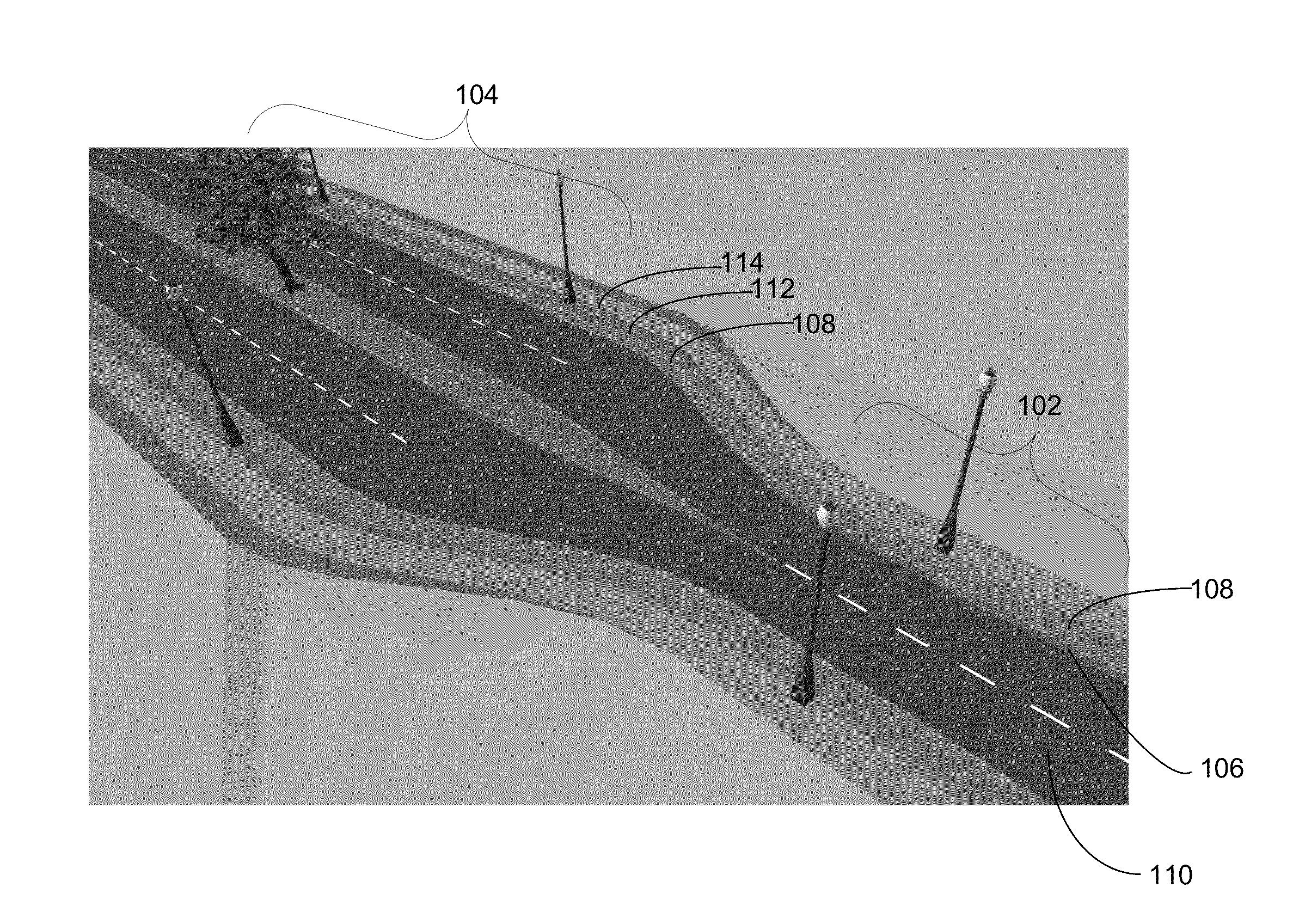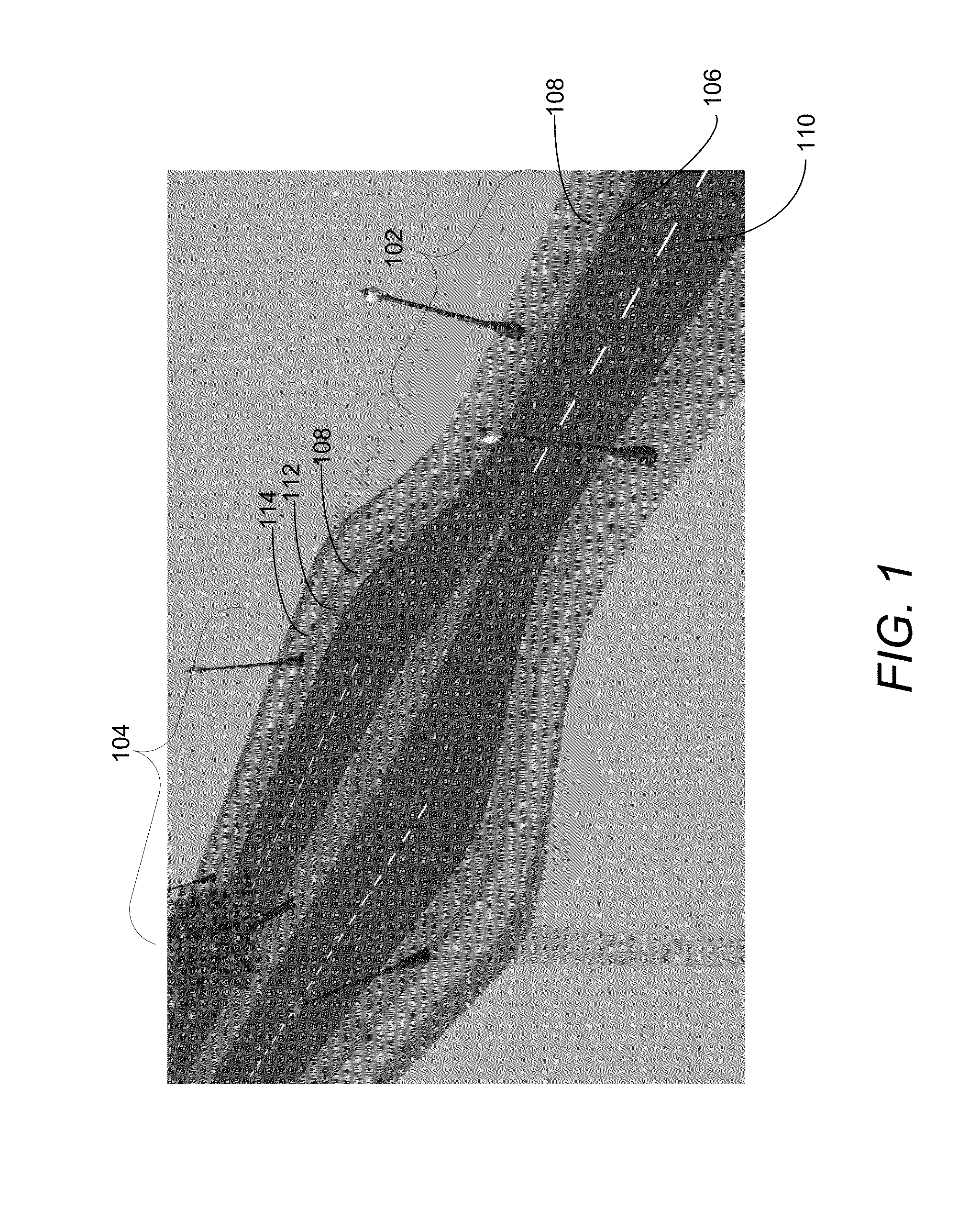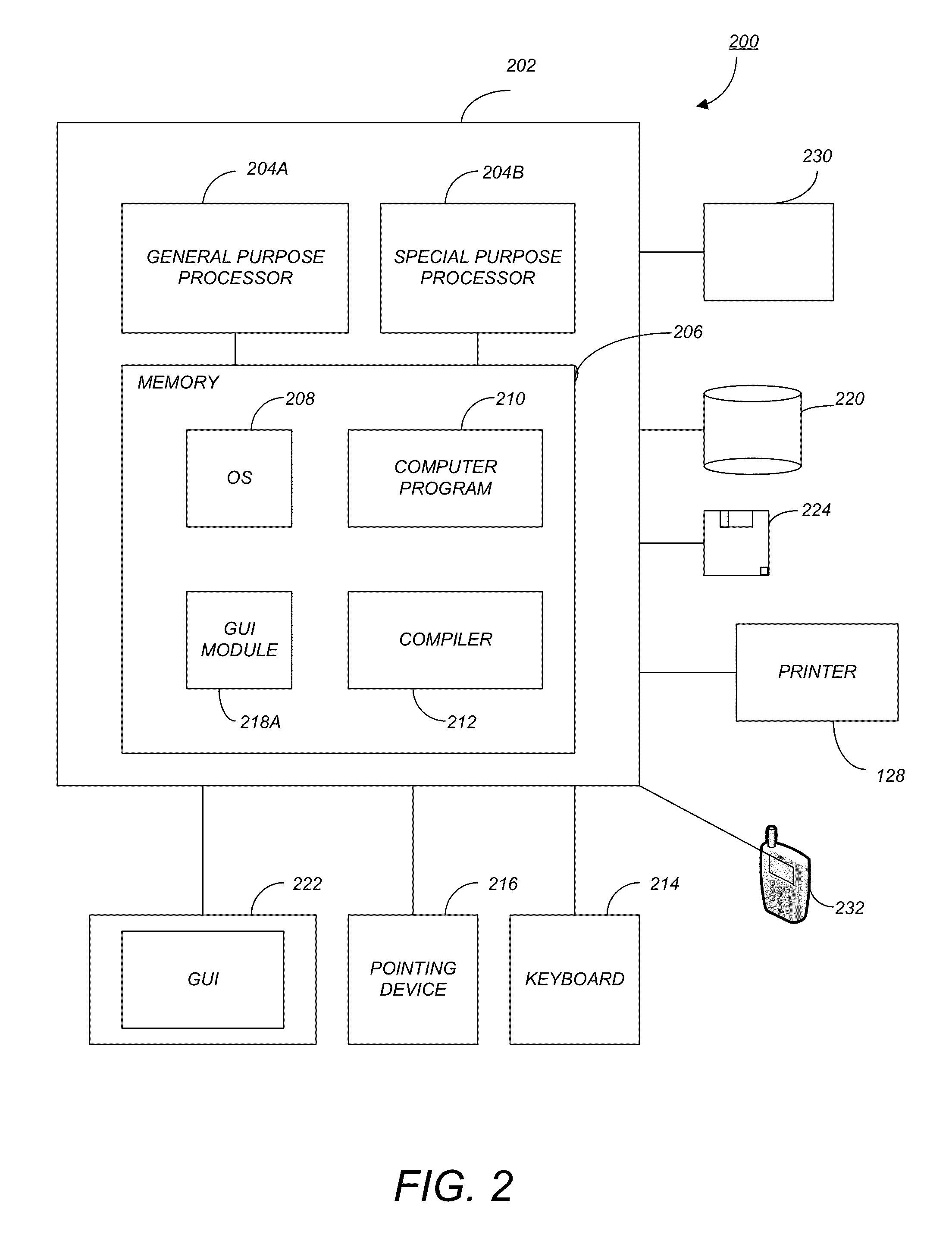Semantic-driven profile curve interpolation for swept-surface extrusion
a profile curve and extrusion technology, applied in the field of three-dimensional (3d) geometry, can solve the problems of inability to find an optimal section matching, inability to automatically and efficiently transition between two profile curves, and inability to guarantee a suitable transition. the effect of other profile curve morphing techniques
- Summary
- Abstract
- Description
- Claims
- Application Information
AI Technical Summary
Benefits of technology
Problems solved by technology
Method used
Image
Examples
Embodiment Construction
[0028]In the following description, reference is made to the accompanying drawings which form a part hereof, and which is shown, by way of illustration, several embodiments of the present invention. It is understood that other embodiments may be utilized and structural changes may be made without departing from the scope of the present invention.
Overview
[0029]Embodiments of the invention concentrate on the connection between differing profile curves during swept-surface extrusion. As used herein, roads are used as an example use case for description purposes. Other non-road based implementations are intended to be within the scope of the invention. Roads are represented by a center line and a profile curve. The 3D representation is created by sweeping the profile curve along the center line, thus creating 3D geometry. Embodiments assume that attributed profile curves and such curves are separated into sections of identical attributes, such as surface normal, color, texture, type, or...
PUM
 Login to View More
Login to View More Abstract
Description
Claims
Application Information
 Login to View More
Login to View More - R&D
- Intellectual Property
- Life Sciences
- Materials
- Tech Scout
- Unparalleled Data Quality
- Higher Quality Content
- 60% Fewer Hallucinations
Browse by: Latest US Patents, China's latest patents, Technical Efficacy Thesaurus, Application Domain, Technology Topic, Popular Technical Reports.
© 2025 PatSnap. All rights reserved.Legal|Privacy policy|Modern Slavery Act Transparency Statement|Sitemap|About US| Contact US: help@patsnap.com



